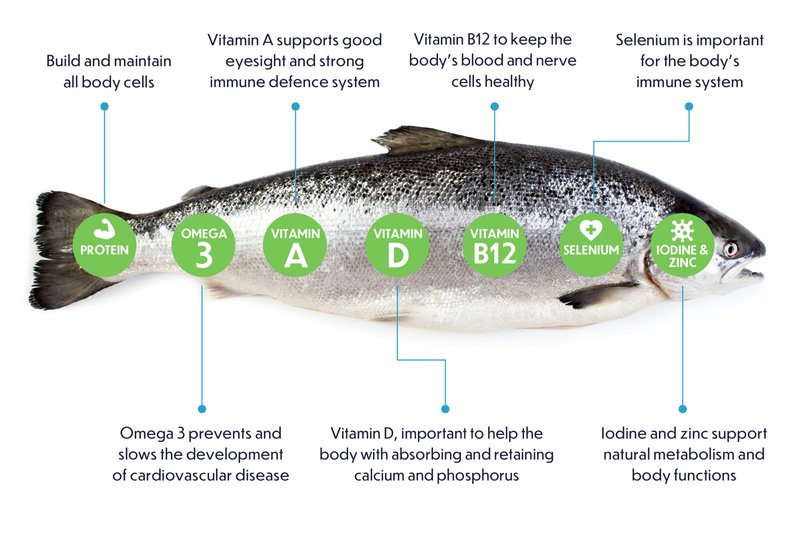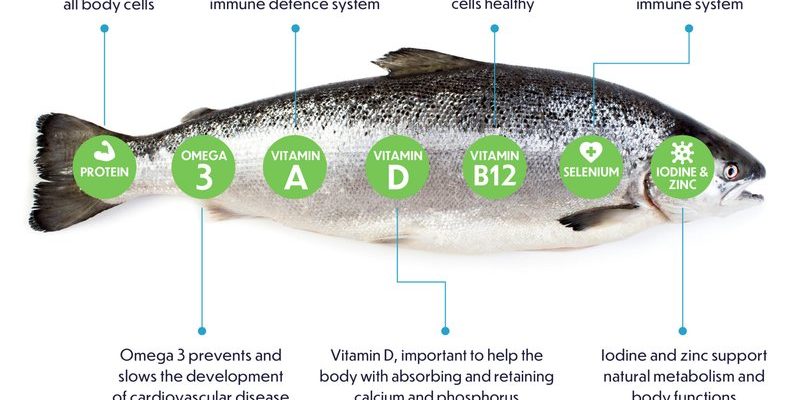
Salmon are known for their vibrant color and the remarkable journeys they undertake. From freshwater streams to the ocean and back again, their lives are woven with challenges and adaptations. Imagine them like marathon runners, training for their ultimate race back home. Their diet plays a crucial role in this journey, providing the energy they need to complete incredible migrations. Let’s explore how these fish eat, what they hunt, and the strategies they utilize to fill their bellies.
The Salmon Diet: What Do They Eat?
Salmon are omnivores, which means they have a diverse diet that includes both plant matter and animal protein. Their food choices change depending on their age and where they are in their life cycle. In the ocean, they primarily feed on smaller fish, such as herring and sardines, while younger salmon often have a diet that consists of insects, zooplankton, and small crustaceans.
As they transition from freshwater to saltwater, their diet evolves. For instance, juvenile salmon, known as fry, consume tiny organisms that are abundant in rivers and streams. This diet helps them grow strong and healthy as they prepare for the challenges ahead. In contrast, adult salmon focus on larger prey, requiring more substantial energy sources to sustain their long-distance migrations.
Here’s something interesting: salmon rely heavily on their sense of smell to find food. Their keen olfactory senses allow them to detect the scent of prey from great distances, giving them an edge when hunting. This remarkable adaptation is one of the reasons they are such effective predators.
Hunting Techniques of Salmon
Salmon are not just passive eaters; they are active hunters that employ specific techniques to catch their prey. One common strategy involves ambush hunting. Salmon often lie in wait near schools of smaller fish and use swift bursts of speed to dart in and capture their dinner. This method allows them to conserve energy while still being effective hunters.
Another technique is chasing, where salmon actively pursue their prey over a longer distance. This is often seen when they hunt in open water, where schools of smaller fish are more abundant. During these hunts, their streamlined bodies and powerful tails help them navigate quickly, making them formidable predators.
Interestingly, salmon can also exhibit cooperative hunting behavior. Sometimes, they can be observed working together in groups, which increases their chances of successfully capturing a meal. This teamwork not only improves their hunting efficiency but also allows them to take on larger prey than they could manage alone.
The Role of Environment on Their Diet
The environment plays a significant role in shaping the diet and hunting strategies of salmon. Factors like water temperature, habitat, and food availability all influence what salmon eat and how they hunt. For instance, warmer waters often support larger populations of zooplankton, which can be a primary source of food for juvenile salmon.
Additionally, salmon are highly adaptive creatures. They can switch their diets based on what’s readily available in their habitat. When certain prey becomes scarce, they won’t hesitate to target other food sources, demonstrating their ability to survive in changing conditions.
Water quality and habitat restoration also impact the health and availability of salmon. Cleaner rivers and oceans mean a better food supply, which supports robust salmon populations. That’s why conservation efforts are so crucial; protecting their environment directly affects their diet and hunting success.
Impact of Salmon Diet on the Ecosystem
Salmon aren’t just important for themselves; they play a pivotal role in the ecosystems where they live. When salmon die after spawning, their bodies decompose and release nutrients back into the environment. This nutrient cycling enriches the soil and supports plant growth, which in turn benefits various other wildlife.
Moreover, salmon serve as a critical food source for a variety of predators, including bears, eagles, and humans. The health of salmon populations can influence the entire food web, from the smallest insects to the largest land mammals. So, when we think about salmon, it’s essential to recognize their role as a backbone of their ecosystem.
To illustrate: imagine a vibrant forest where bears feast on salmon along riverbanks while birds swoop down to catch a meal from the water. This dynamic showcases the interconnectedness of life and how salmon support countless other species.
Challenges in Hunting and Diet: Predation and Competition
Despite their hunting prowess, salmon face numerous challenges when it comes to feeding. Predation from larger fish, birds, and land animals can significantly impact their populations. Adult salmon often have to be vigilant to avoid becoming someone else’s dinner while hunting.
Moreover, competition for food resources is intense. As salmon migrate upstream to spawn, they often encounter others of their kind vying for the same nutrients. This competition can lead to aggressive behaviors, as individuals fight to secure their food source.
Another factor is human impact—overfishing and habitat destruction can disrupt food availability, making it harder for salmon to find enough to eat. As populations decrease, the competition increases, leading to a further decline in their numbers.
Exploring the diet and hunting strategies of salmon not only reveals the complexities of their lives but also emphasizes their vital role in our ecosystems. From their diverse diets to their impressive hunting techniques, salmon are a fascinating example of nature’s design.
Understanding these creatures helps us appreciate everything that goes into their survival—from the delicate balance of their environment to the impact of human activities. As we continue to learn more about salmon, we can better protect their habitats and ensure they thrive for generations to come. After all, the health of our rivers, oceans, and ecosystems is closely tied to the story of salmon. So next time you see a salmon, remember it’s not just a fish; it’s a critical player in the grand stage of life.

